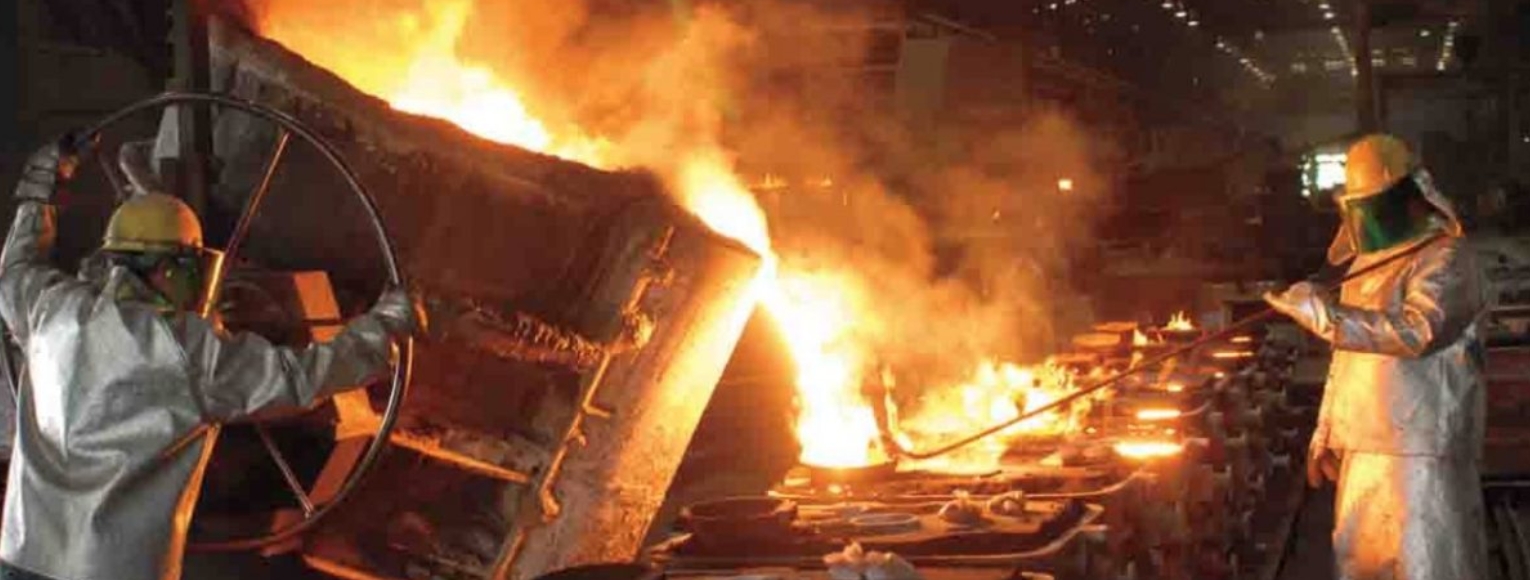
Lost foam casting and sand casting are two distinct methods used in metal casting, each with its unique advantages and disadvantages.
- Lost Foam Casting:
- Process: Involves creating a foam model of the desired part, which is then encased in sand. The metal is poured directly into the mold, melting away the foam and replacing it with the metal. After cooling, the sand is removed, revealing the metal part.
- Advantages:
- Ability to create complex and intricate designs, as the foam can be easily manipulated.
- Better surface finish, as the sand does not directly interact with the molten metal.
- No need for separate cores or core assembly, which simplifies the process.
- Disadvantages:
- Higher cost for the foam patterns, especially for small production runs.
- The process can be less precise due to the potential for foam distortion.
- Limited to certain types of metals that can melt the foam without damaging the mold.
- Sand Casting:
- Process: Involves creating a mold from a sand mixture and inserting a pattern of the desired part. The pattern is removed, creating a cavity in the sand. Molten metal is poured into the cavity. Once the metal solidifies, the sand mold is broken to retrieve the cast part.
- Advantages:
- Versatile and can be used with a wide range of metals and alloys.
- Economical for both small and large production runs.
- Easier to scale up for large parts.
- Disadvantages:
- Rougher surface finish compared to lost foam casting.
- The creation of the sand molds and cores can be time-consuming and labor-intensive.
- Higher chances of casting defects like sand burn-in or gas porosity.
In summary, lost foam casting is excellent for complex, detailed parts with a smoother finish, but it can be costlier and less versatile in terms of applicable metals. Sand casting, on the other hand, is more economical, especially for large parts or longer production runs, and can be used with a wider range of metals, but it often results in a rougher finish and can be more labor-intensive. The choice between the two methods depends on the specific requirements of the casting project, including the desired precision, finish, complexity, production volume, and cost considerations.
